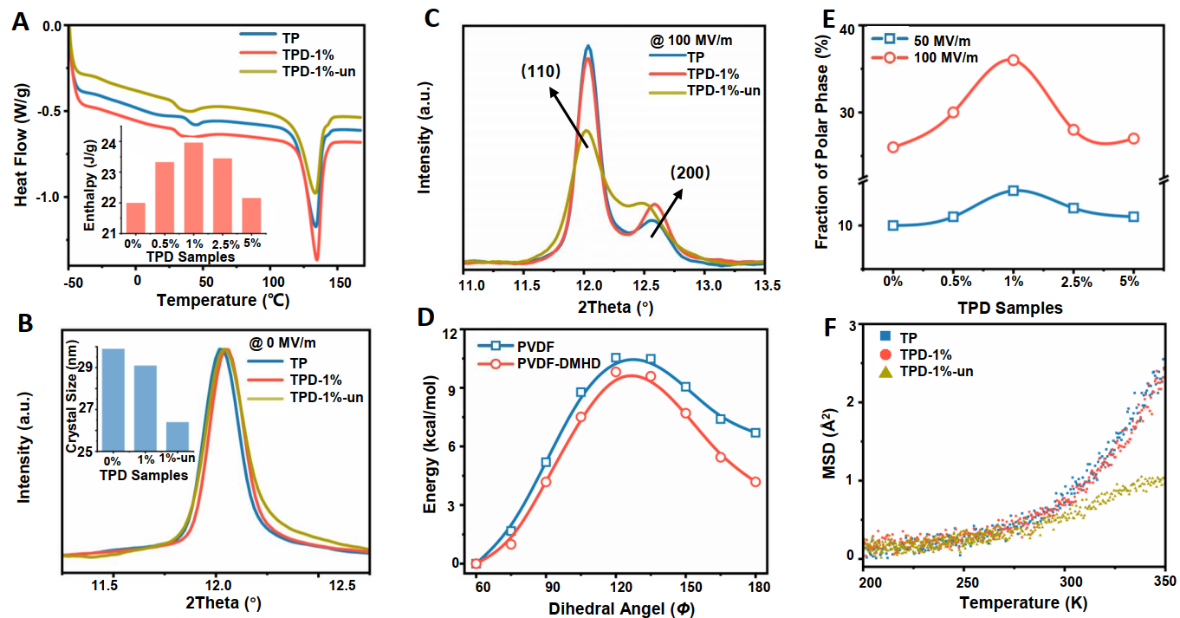Electrocaloric materials can pump heat in response to a changing electric field, which makes them useful in solid-state cooling applications. Zheng et al. discovered that a very large electrocaloric effect emerges in a terpolymer when pores are introduced with a sacrificial organic crystal with a low boiling temperature. The polymer interface around the pores has a large fraction of polarizable material, which gives rise to the large electrocaloric effect. The authors show that this porous material is stable after cycling it through an electric field 3 million times.

附件下载:
